Slash pine is a softwood used in general construction, flooring, and for outdoor purposes such as decking, pergolas and playground equipment.
Florida Pine, Yellow Pine, Southern Florida Pine, Pinus densa, Elliottii
Pinus elliottii
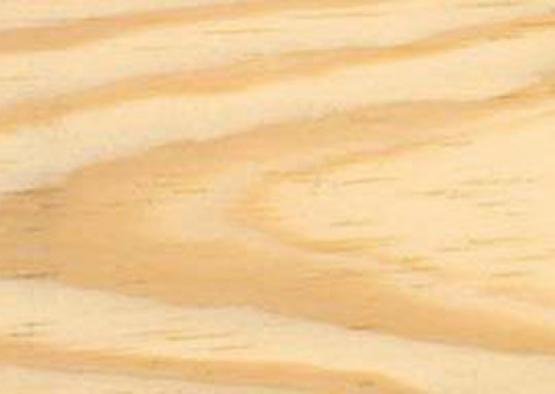
Slash pine is a softwood native to south eastern United States and grown widely in plantations in northern NSW and in Queensland. It is mostly available in those states. It is used for general construction purposes, flooring, panelling and plywood; when treated with preservatives it is used for outdoor uses such as cladding and decking, fascia and barge boards; and for pergolas, fencing, retaining walls, landscaping, and playground equipment.
The heartwood of slash pine is pale reddish brown, while the sapwood is pale yellow and not clearly marked from the heartwood. The texture is relatively coarse and non-uniform, with alternating bands of late and earlywood. The grain is straight; the growth rings are prominent and the resin flows are very abundant. Knots are present in construction grade timber.
There is a distinctive difference in colour between earlywood and latewood, which results in a notable figure when back sawn. There are many resin canals, prominent as lines on dressed longitudinal surfaces, and the timber has a strong resinous odour. The resin can cause problems when working with the timber.
Slash pine is of low durability, with a life expectancy of less than seven years above ground and five below ground and it is resistant to termites. Only the sapwood can be treated with preservatives.
Shrinkage
| Very Low | Low | Medium | High | Very High | |
|---|---|---|---|---|---|

|

|
||||
Tangential : |
4.20%
|
||||
Radial : |
3.00%
|
||||
Unit Movement Tangential: |
0.29%
|
||||
Unit Movement Radial: |
0.20%
|
Strength Group

Very High |
High |
Reasonably High |
Medium High |
Medium |
Reasonably Low |
Low |
Very Low |
||
Unseasoned: |
S1 |
S2 |
S3 |
S4 |
S5 |
S6 |
S7 |
S8 |
|
|---|---|---|---|---|---|---|---|---|---|
 |
|||||||||
Seasoned: |
SD1 |
SD2 |
SD3 |
SD4 |
SD5 |
SD6 |
SD7 |
SD8 |
|
 |
Stress Grade

| Structural No. 1 |
Structural No. 2 |
Structural No. 3 |
Structural No. 4 |
Structural No. 5 |
|
Unseasoned: |
F11 |
F8 |
F7 |
F5 |
F4 |
Seasoned: |
F17 |
F14 |
F11 |
F8 |
F7 |
Density per Standard

Seasoned: |
650kg/m3
|
|---|---|
Unseasoned: |
850kg/m3
|
Joint Group

Very High |
High |
Reasonably High |
Medium |
Low |
Very Low |
|
Unseasoned: |
J1 |
J2 |
J3 |
J4 |
J5 |
J6 |
|---|---|---|---|---|---|---|
 |
||||||
Seasoned: |
JD1 |
JD2 |
JD3 |
JD4 |
JD5 |
JD6 |
 |
Colour

| White, yellow, pale straw to light brown | Pink to pink brown | Light to dark red | Brown, chocolate, mottled or streaky | |
 |
||||
Mechanical Properties
Modulus of Rupture - Unseasoned: |
44
|
|---|---|
Modulus of Rupture - Seasoned: |
75
|
Modulus of Elasticity - Unseasoned: |
8
|
Modulus of Elasticity - Seasoned: |
9.5
|
Maximum Crushing Strength - Unseasoned:  |
21
|
Maximum Crushing Strength - Seasoned: |
42
|
Impact - Unseasoned: |
8.0
|
Impact - Seasoned: |
5.8
|
Toughness - Unseasoned: |
Low - up to 15 Nm
|
Toughness - Seasoned: |
Low - up to 15 Nm
|
Hardness - Unseasoned: |
2.2
|
Hardness - Seasoned: |
3.4
|
Durability
| Low | Moderate | Reasonably High | High | |
| (0 - 5 yrs) | (5 - 15 yrs) | (15 - 25 yrs) | (more than 25 yrs) | |
In-Ground: |
 |
|||
| (0 - 7 yrs) | (7 - 15 yrs) | (15 - 40 yrs) | (More than 40 yrs) | |
Above ground: |
 |
|||
| (0 - 20 yrs, usually < 5) | (21 - 40 yrs) | (41 - 64 yrs) | (More than 60 yrs) | |
Marine Borer Resistance: |
 |
Lyctid Borer Susceptibility: |
Not Susceptible |
|---|---|
Lyctid Borer Susceptibility - Other: |
|
Termite Resistance: |
Resistant
|
Fire Properties
| 0 | 1 | 2 | 3 | 4 | 5 | 6 | 7 | 8 | 9 | 10 | |
EFH Spread-of-Flame Index: |
|||||||||||
EFH Smoke-Developed Index: |
Critical Radiance Flux - Lower: |
For plywood ≥17mm >2.2 and <4.5 |
|---|---|
Critical Radiance Flux - Higher: |
For plywood ≥17mm >2.2 and <4.5 |
Smoke Development Rate: |
For plywood ≥17mm <750
|
| 1 - non-combustible | 2 - reasonably non-combustible | 3 - slightly combustible | 4 - combustible | |
Fire Properties Group |
Group Number - Other: |
3 for plywood ≥6mm
|
|---|---|
Average Specific Extinction Area: |
<250
|
Bushfire Resistance: |
Not Tested
|
The texture of slash pine is relatively coarse and non-uniform, with alternating bands of late and earlywood. The grain is straight; the growth rings are prominent and the resin flows are very abundant. Knots are present in construction grade timber. The heartwood is pale reddish brown, while the sapwood is pale yellow and not clearly marked from the heartwood.
There is a distinctive difference in colour between earlywood and latewood, which results in a notable figure when back sawn. There are many resin canals, prominent as lines on dressed longitudinal surfaces.
Slash pine is used for general construction purposes, such as framing, flooring, lining, laminated beams, and joinery. When treated with preservatives it is used for external cladding and decking, and in fencing, pergolas, landscaping and playground equipment.
Only the sapwood of slash pine can be treated with preservatives. When dressing, sharp planer blades are needed to avoid compressing the softer earlywood and the ridged surfaces produced.
Because of deflection by latewood bands, nails tend to follow the growth rings and care is needed when using fittings and fastenings. Good results can be obtained with nail guns.
Due to the high resin content of some material and the ridge of early and latewood in dressed timber, care is required when timber is selected for finishing applications and when surfaces are prepared for painting and varnishing. Earlywood and latewood can absorb glue differently but this rarely causes problems.
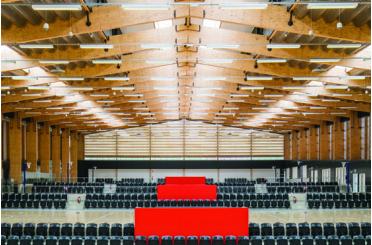
Portal Frames
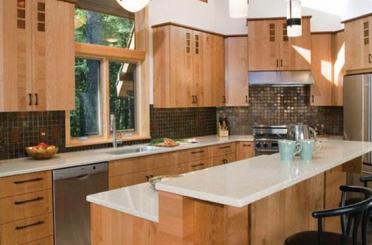
Joinery
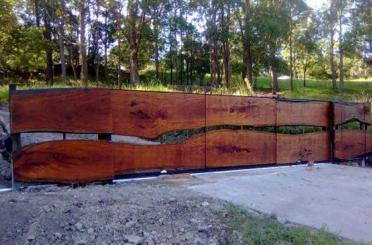
Fencing
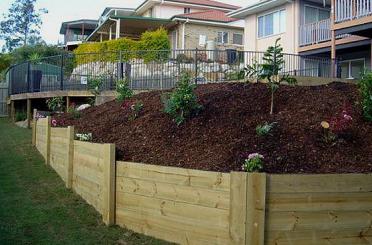
Retaining Walls (Landscaping)
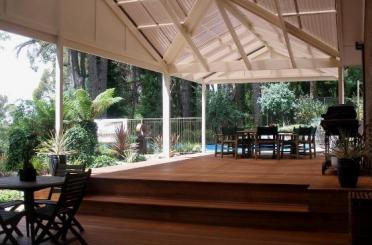
Pergolas
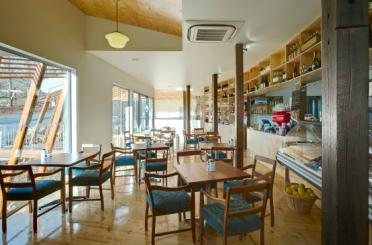
Structural Timber Poles
Framing

Flooring
Allied Forest Products
Australian Timber

BAYWOOD
Baywood Products Pty Ltd

Cameron's H Hardware

Hyne Timber

Mathews Timber Pty Ltd

Meyer Timber Pty. Ltd.
Practerra

Simmonds

Tasman K.B Pty Ltd

The Log Factory

Three(3)DM Pty Ltd

Timber Blitz Pty Ltd

Timbertruss Northside



